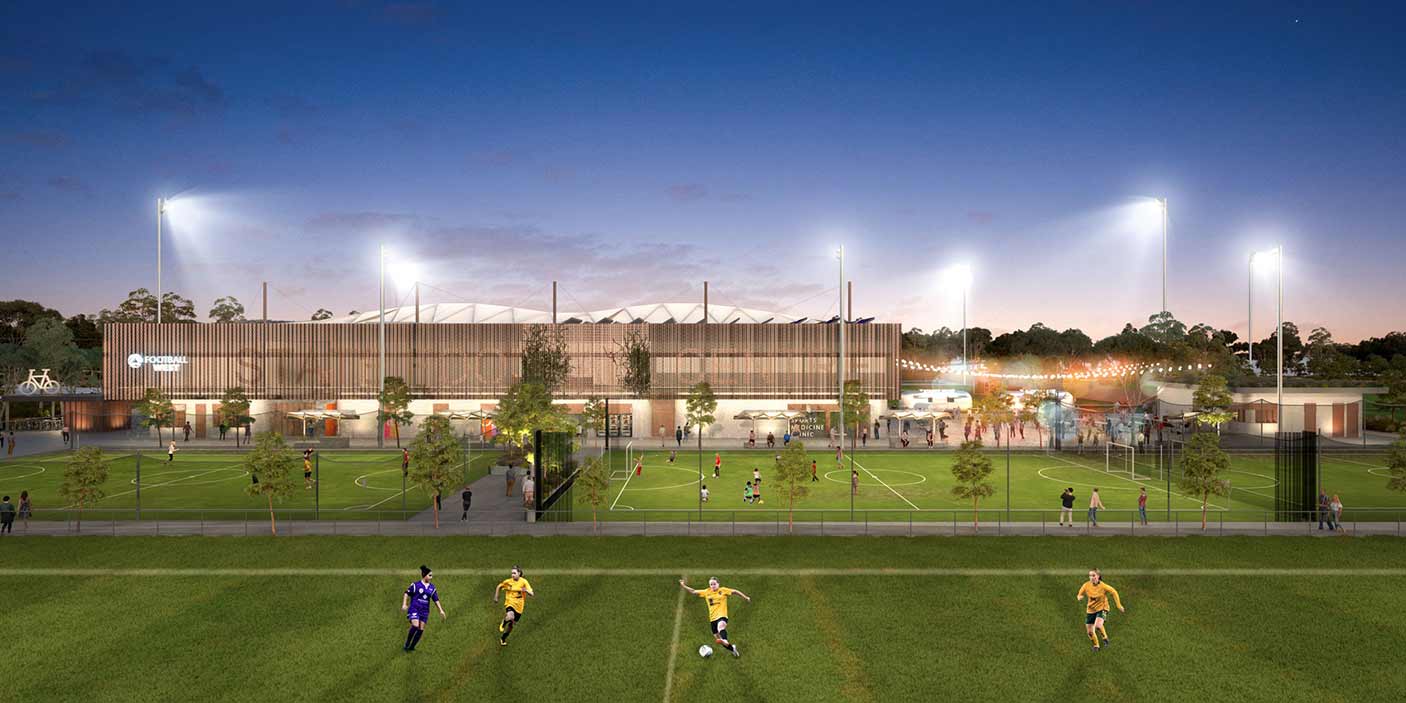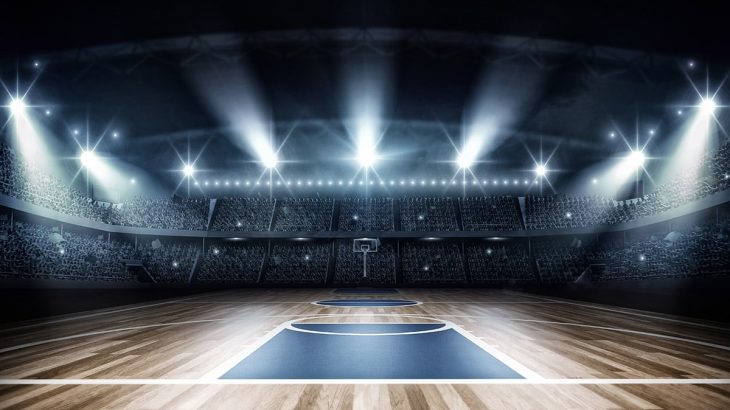The construction of sports facilities is a highly specialized sector that includes the design and construction of athletic-related spaces. These facilities, which range from modest community centers to world-class stadiums, serve as the backbone of athletic events. Sports facility building, unlike regular construction projects, needs a distinct set of considerations and skills to fulfill the special demands of athletes, spectators, and the whole sporting experience. In this essay, we will look at the numerous characteristics that distinguish sports facility building and the important components that contribute to its distinctiveness.
Unrivaled Design and Functionality
 One of the distinguishing features of sports facility development is the emphasis on constructing areas that are specifically designed for certain sports. Sports facilities, unlike generic structures, need rigorous planning to integrate layouts and features that cater to the special needs of each discipline. A soccer stadium, for example, must have a vast, open field with correct proportions, but a swimming pool must adhere to precise depth, lane width, and starting block requirements. Court size, field layouts, equipment location, and spectator seating configurations must all be carefully considered for each sport. Sports facilities must be designed in accordance with industry standards and regulations to ensure fair play, player safety, and an ideal watching experience for spectators.
One of the distinguishing features of sports facility development is the emphasis on constructing areas that are specifically designed for certain sports. Sports facilities, unlike generic structures, need rigorous planning to integrate layouts and features that cater to the special needs of each discipline. A soccer stadium, for example, must have a vast, open field with correct proportions, but a swimming pool must adhere to precise depth, lane width, and starting block requirements. Court size, field layouts, equipment location, and spectator seating configurations must all be carefully considered for each sport. Sports facilities must be designed in accordance with industry standards and regulations to ensure fair play, player safety, and an ideal watching experience for spectators.
Integration of Advanced Technologies
Advanced technology that improves the whole athletic experience has been rapidly integrated into modern sports venues. Technology, from high-definition television screens and interactive displays to cutting-edge audio systems and lighting effects, is critical in creating an immersive environment for both athletes and spectators. Sports facility development necessitates the flawless integration of various technologies, which frequently necessitates coordination with audiovisual systems and technology integration experts. The right location and application of these technologies contribute to the development of the athletic experience, allowing spectators to feel completely involved and athletes to perform to their maximum potential.
Comprehensive Player and Staff Amenities
 To meet the demands of players, coaches, and support personnel, sports facilities must offer a wide range of amenities. These facilities extend beyond the playing field or court to include locker rooms, training facilities, rehabilitation centers, medical rooms, and administrative sections. These places must be designed with utility, comfort, and privacy in mind. Locker rooms, for example, should provide athletes with enough storage space, chairs, and separate lockers. Training facilities must include cutting-edge equipment and plenty of areas for conditioning and practice. Creating an atmosphere that promotes athletes’ physical and emotional well-being improves their overall performance and pleasure.
To meet the demands of players, coaches, and support personnel, sports facilities must offer a wide range of amenities. These facilities extend beyond the playing field or court to include locker rooms, training facilities, rehabilitation centers, medical rooms, and administrative sections. These places must be designed with utility, comfort, and privacy in mind. Locker rooms, for example, should provide athletes with enough storage space, chairs, and separate lockers. Training facilities must include cutting-edge equipment and plenty of areas for conditioning and practice. Creating an atmosphere that promotes athletes’ physical and emotional well-being improves their overall performance and pleasure.
Spectator Comfort and Engagement
The comfort and happiness of spectators is an important part of sports venue building. The design of seating configurations, food spaces, bathrooms, and accessibility choices all contribute to a great audience experience. Seating with unobstructed views, conveniently positioned concessions areas, and well-accessible bathrooms all add to spectator happiness. Creating an engaging environment with correct acoustics, lighting, and visual displays also adds to the thrill of athletic events. Sports facility building focuses on establishing a balance between utility and aesthetics in order to give spectators an outstanding experience.
Safety and Security Precautions
 Sports facility development must prioritize safety and security. Large crowds, high-intensity athletic events, and the presence of costly assets need severe safety precautions for athletes, personnel, and spectators. Safety elements such as suitable crowd control measures, emergency exits, fire protection systems, and surveillance technology must be included by construction teams. Local legislation and construction requirements must be followed in order to establish a safe environment that reduces possible hazards and assures the smooth running of athletic events.
Sports facility development must prioritize safety and security. Large crowds, high-intensity athletic events, and the presence of costly assets need severe safety precautions for athletes, personnel, and spectators. Safety elements such as suitable crowd control measures, emergency exits, fire protection systems, and surveillance technology must be included by construction teams. Local legislation and construction requirements must be followed in order to establish a safe environment that reduces possible hazards and assures the smooth running of athletic events.
To conclude, sports facility construction distinguishes itself from standard building projects by focusing on planning and creating venues that are adapted to the demands of players, spectators, and the whole athletic experience. Sports facility construction necessitates specialized expertise and meticulous attention to detail, from unparalleled design and functionality to the integration of advanced technologies, comprehensive player and staff amenities, spectator comfort and engagement, and stringent safety and security measures. Design teams may contribute to the growth and success of sports by developing venues that support athletic performance and create exceptional experiences for athletes and fans alike by understanding and embracing the particular characteristics of sports facility design.



















